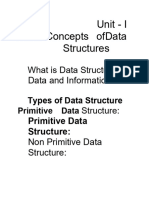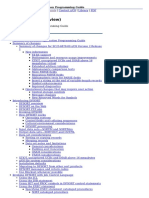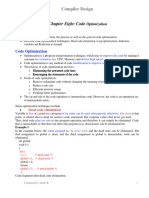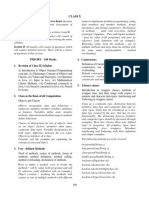0% found this document useful (0 votes)
33 views27 pagesSimran XII Computer Science File
This document is a practical file for Class XII Computer Science with Python, submitted by Simran Kaur for the session 2022-23. It includes acknowledgments, a declaration of originality, and a detailed list of programming exercises covering various Python concepts such as input/output, conditional statements, loops, and data structures. Each program is presented with input and output examples, demonstrating practical applications of Python programming.
Uploaded by
divyansh.fake12Copyright
© © All Rights Reserved
We take content rights seriously. If you suspect this is your content, claim it here.
Available Formats
Download as DOCX, PDF, TXT or read online on Scribd
0% found this document useful (0 votes)
33 views27 pagesSimran XII Computer Science File
This document is a practical file for Class XII Computer Science with Python, submitted by Simran Kaur for the session 2022-23. It includes acknowledgments, a declaration of originality, and a detailed list of programming exercises covering various Python concepts such as input/output, conditional statements, loops, and data structures. Each program is presented with input and output examples, demonstrating practical applications of Python programming.
Uploaded by
divyansh.fake12Copyright
© © All Rights Reserved
We take content rights seriously. If you suspect this is your content, claim it here.
Available Formats
Download as DOCX, PDF, TXT or read online on Scribd
/ 27






















































































